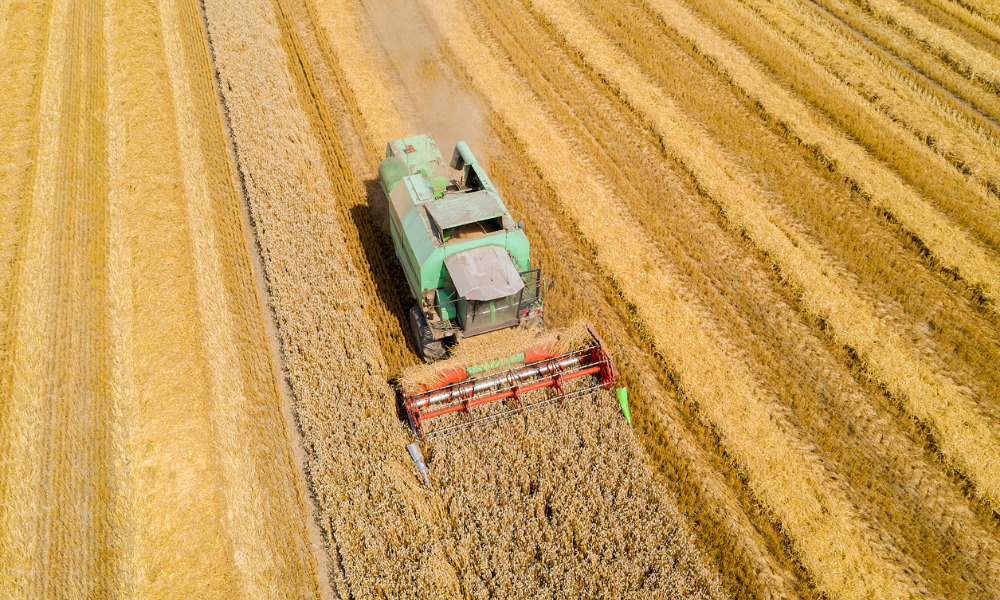Kratochwil noted that the two countries had been breadbaskets – significant exporters of wheat and other foodstuffs that supplied about 6% of the world’s calories, according to the Agriculture Market Information System – until late February, when Russia’s invasion of Ukraine forced the closure of major ports and turned Russia into an economic pariah. According to the UN Food and Agriculture Organization, Russia is the world’s top wheat exporter, with Ukraine in fifth position.
Many farmers in Ukraine have joined the fight against Russia, and those who have stayed to work on their property are having difficulty finding workers. According to the United States Department of Agriculture’s Foreign Agricultural Service, Ukraine is expected to harvest fewer than half of the 80 million tonnes of grain (wheat, corn, and barley) it produced in 2021.
The consequent shortages have a greater impact on some regions than others, particularly food-importing countries in South Asia, the Middle East, and Sub-Saharan Africa. The UN World Food Programme reports that Egypt is the world’s largest importer of Ukrainian wheat; Lebanon and Pakistan are similarly reliant, with the latter receiving half of its grain from Ukraine.
What’s the end effect of it all?
In comparison to January 2021, the World Bank Agricultural Price Index is up 41% in May 2022, while wheat prices are up 60%. The crisis in Ukraine, according to the World Bank’s April 2022 Commodity Markets Outlook, has disrupted food trading patterns, production, and consumption in ways that will keep prices at historically high levels through the end of 2024.


